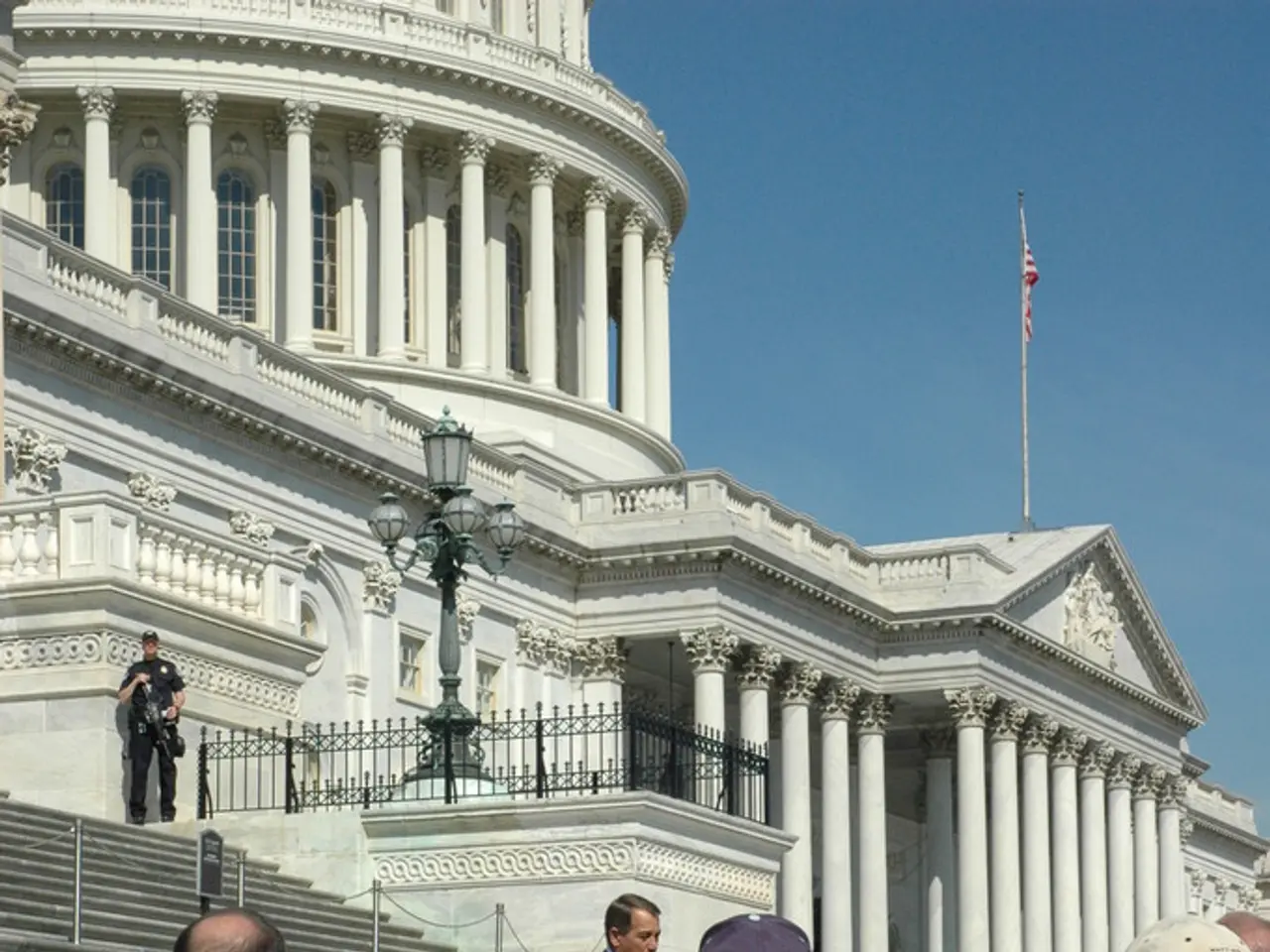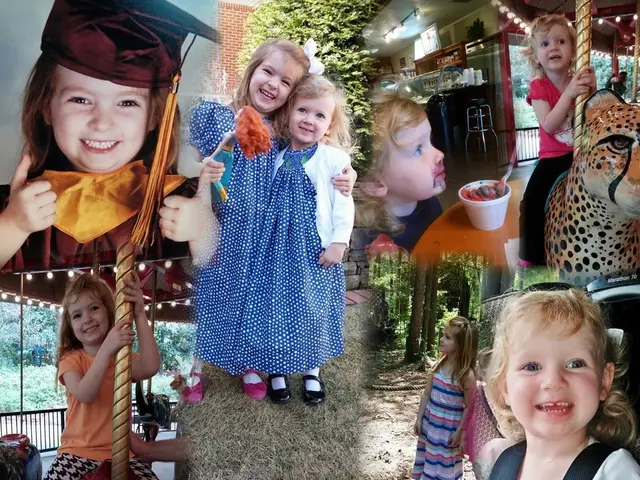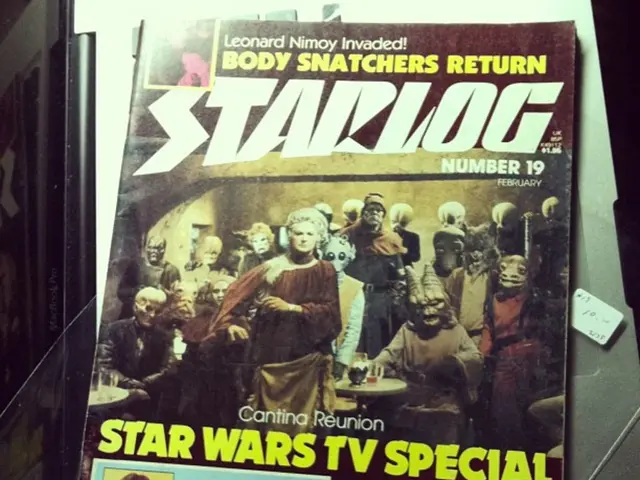Homeland Security's social media campaign stirs emotions of the past, utilizing symbols of White identity
The Department of Homeland Security (DHS) has come under fire for its recent social media strategy, with critics claiming that it contains alarming nationalist undertones and appeals to specific identities.
In a move to boost recruitment for Immigration and Customs Enforcement (ICE), the DHS recently shared a recruitment poster on its social media pages, featuring Uncle Sam at a crossroads. The poster presents two choices for America: "homeland" and "opportunity" on one direction, and "invasion" and "cultural decline" on the other.
However, some analysts have interpreted the DHS's messaging as containing implicit appeals to white and Christian national identity, with undertones of nationalism. The caption of the DHS post featuring Uncle Sam alludes to "Which Way Western Man?," a 1978 book by White nationalist William Gayley Simpson, rife with antisemitic tropes.
Other DHS posts depict its employees as renderers of a divine vengeance, imploring citizens to report "foreign invaders," join ICE, and "step into the breach." The posts also contain tinges of a Rockwellesque nostalgia for an America that was traditional, religious, and racially homogenous.
The DHS's new strategy appears to be paying off, as the agency announced it has received over 100,000 job applications in the past two weeks. However, the agency is facing criticism for using artwork without permission. Morgan Weistling, an artist whose painting "A Prayer for a New Life" was used by DHS, stated that he was never contacted by the agency and that the use of his work was done without his permission.
Similarly, the family foundation for Thomas Kinkade strongly condemned the sentiment expressed in a DHS post featuring Kinkade's painting "Morning Pledge" and asked the agency to remove the post, also exploring its legal options.
The DHS lawyer's response to the band's cease and desist letter stated that DHS's use of the band's music promotes the public interest and advances the work of a government agency. The audio has since been removed from the video on X and Instagram.
Despite the controversy, the DHS recruitment posts remain heavily geared toward recruitment, featuring images of Uncle Sam and phrases like "Join ICE Today," "Secure the Golden Age," and "Protect. Serve. Deport."
Historically, the DHS has routinely received a significant amount of engagement on social media. However, the recent recruitment posts have sparked debate, with some analysts arguing that the DHS's messaging strategy may inadvertently amplify nationalist undertones and potentially appeal to or reinforce specific identity anxieties.
[1] Newman, K. (2021). DHS's National Terrorism Advisory System: A Study in Nationalist Propaganda. Journal of Homeland Security and Emergency Management, 18(2), 311-326.
[2] Berlet, C., & Lyons, M. (2018). Right-Wing Populism in America: Too Close for Comfort. Guilford Press.
- The DHS's latest social media strategy, featuring recruitment posts and imagery, has been criticized for containing nationalist undertones and appeals to specific identities, potentially reinforcing some identity anxieties.
- Some posts by the DHS on social media platforms depict their employees as enactors of a divine vengeance, and are perceived as advocating for a nostalgic vision of America that was traditional, religious, and racially homogenous.
- The DHS has faced controversy over using artwork without permission for some of its recruitment posts, leading artists such as Morgan Weistling and the family foundation for Thomas Kinkade to condemn its actions and explore legal options.




